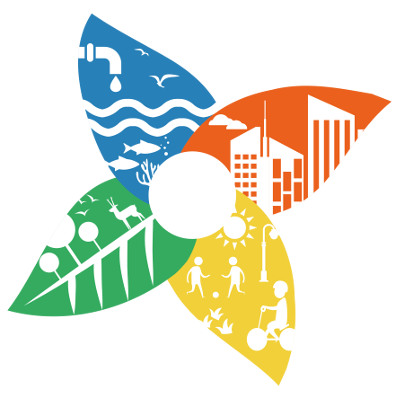Royal Botanic Garden Edinburgh and Butterfly Conversation have joined forces to improve the quality of existing green rooftops in Edinburgh city centre as part of the Edinburgh Living Landscape initiative. This serves to raise attention for the fact that the environmental performance of greenspaces, and therefore the extent to which they act as a solution to sustainability challenges, is influenced by their match with local ecological conditions.
The initiating organisations crafted a powerful narrative around the role green roofs and gardens could play in helping to save a number of locally endangered butterfly species: the common argus, small copper and common blue. The caterpillars of all three species rely on particular food plants that can be found in the hills in and around Edinburgh. Given that these butterflies naturally forage at height in areas very close to the city centre, the initiators came up with the idea to further extent their habitat right into the city centre by creating square metres for butterflies on rooftops.
Aside from tickling the imagination with a convincing story, the initiating organisations also improved buy-in by providing materials and hands-on support in transforming suitable green roofs into wildlife havens, and offered to educate staff of participating organisations about identifying and monitoring local butterfly species. By stressing that a square metre of butterfly food plants could already make a meaningful impact, the initiators aimed to take away any concerns regarding feasibility or maintenance cost.
Despite the project operating on a shoestring budget, powerful employers such as Scottish Parliament and Glenmorangie Whisky have bought into the concept and installed square metres for butterflies on their roof. Not only is this likely to benefit local pollinator biodiversity, it is also expected to lead to a better understanding of the spread and numbers of these endangered butterfly species as some of the revamped rooftops will be regularly monitored. Other co-benefits are the improved environmental awareness by staff of participating organisations and improved buy-in of the business community in the idea of natural capital.
In the long term, however, one of the main impacts of this initiative could be that cities and other large landowners will go beyond quantity indicators to assess the state of urban greenspaces in ensuring that nature-based solutions are optimized to local conditions. Or as Leonie Alexander (RBGE) put it: “[what] I would like to see in the long term, […] [is] that when people are designing buildings [..], [they are] really thinking about what is needed in a local context and the context of Edinburgh, rather than just like, 'Get a green roof, there you go, move on'.”
Alexander van der Jagt is a researcher at Copernicus Institute of Sustainable Development, Utrecht University working on the NATURVATION project.
